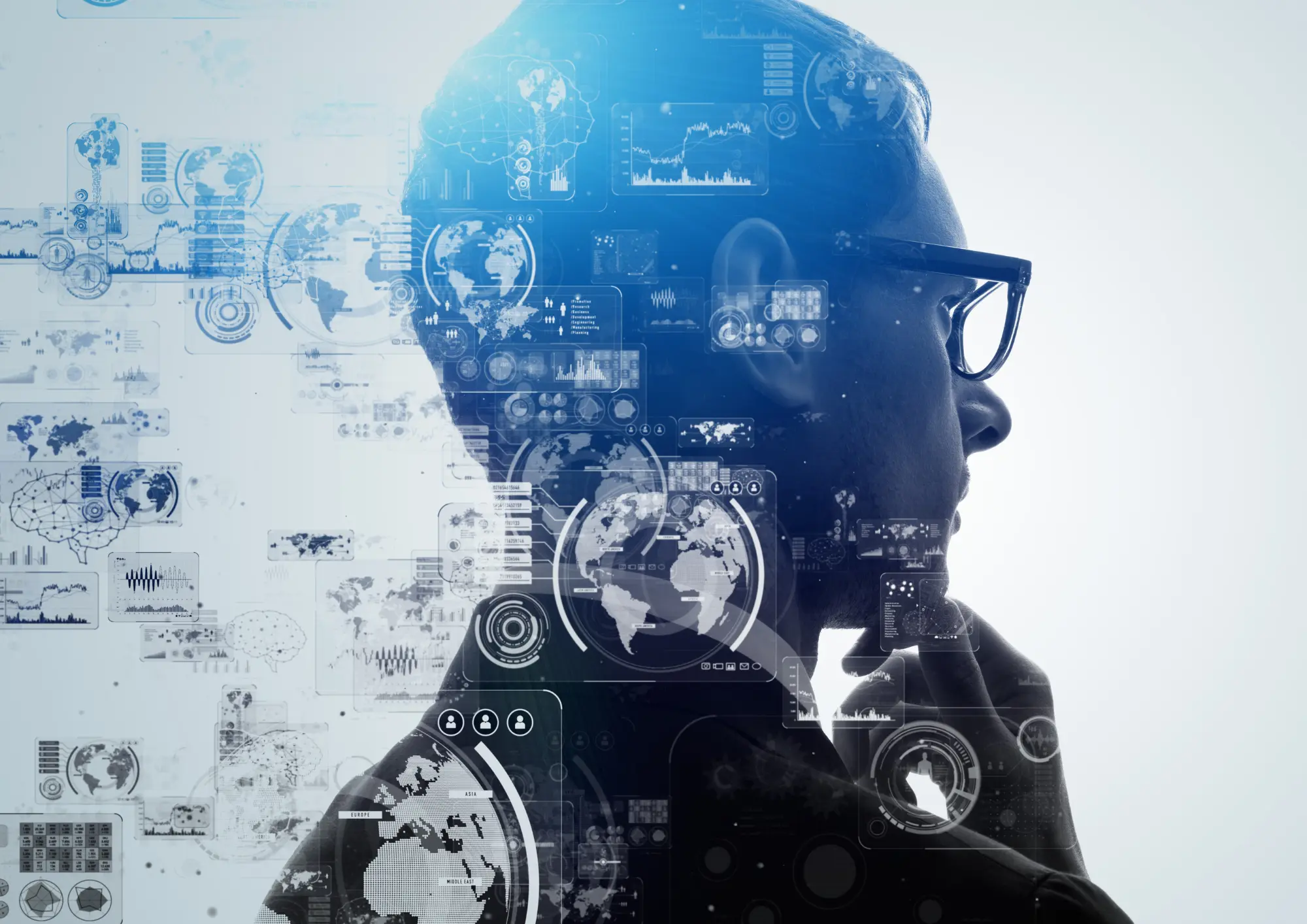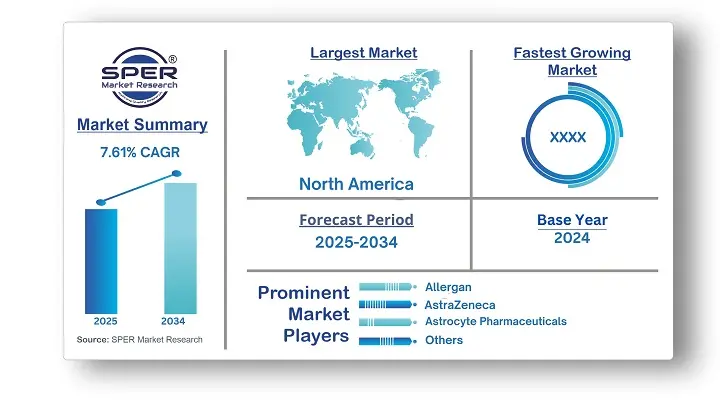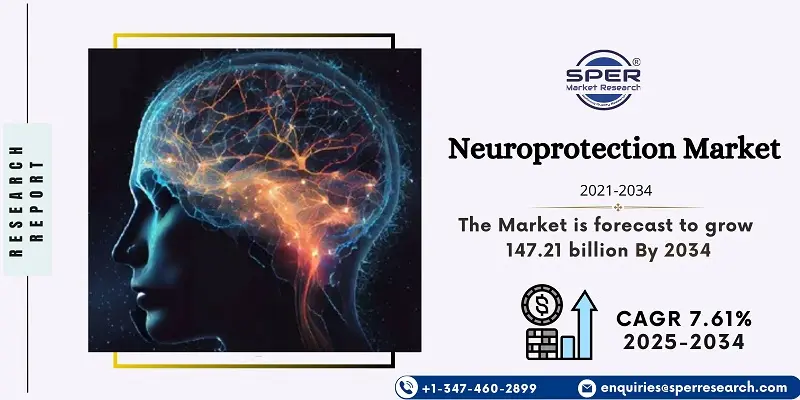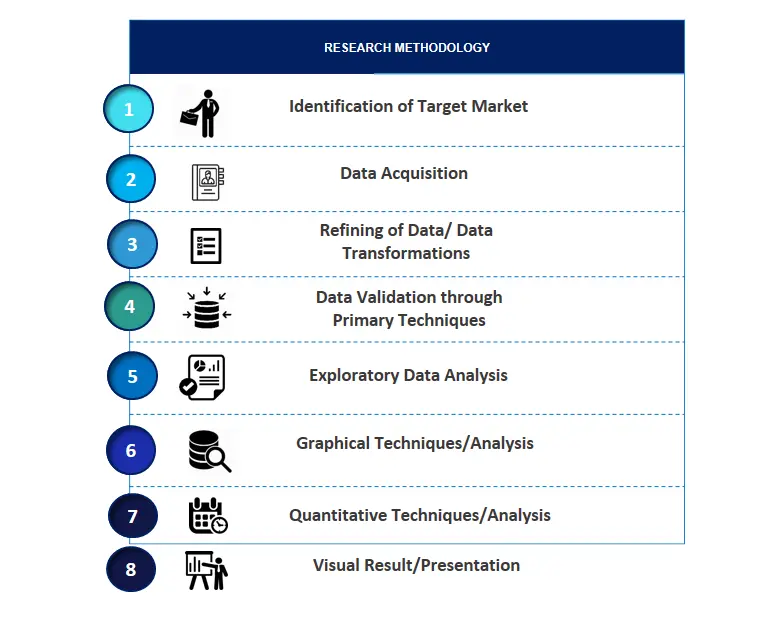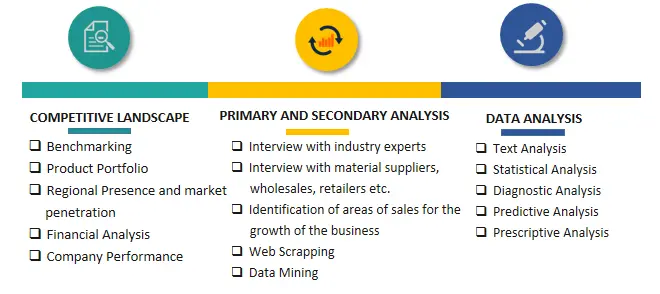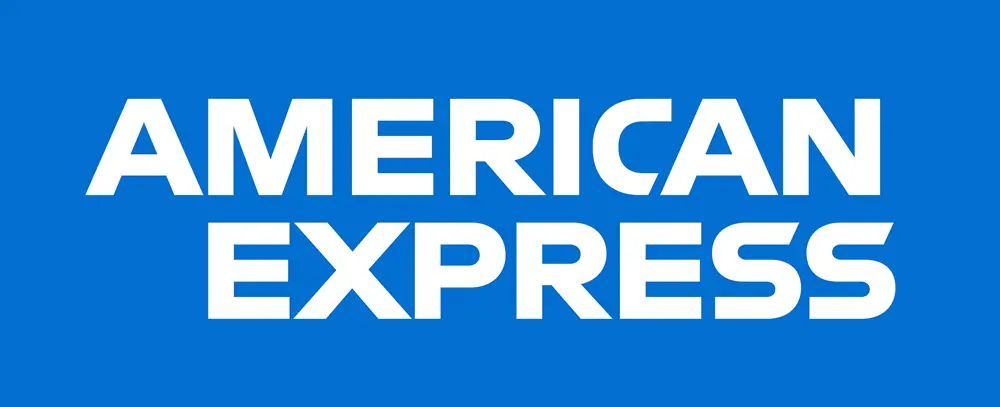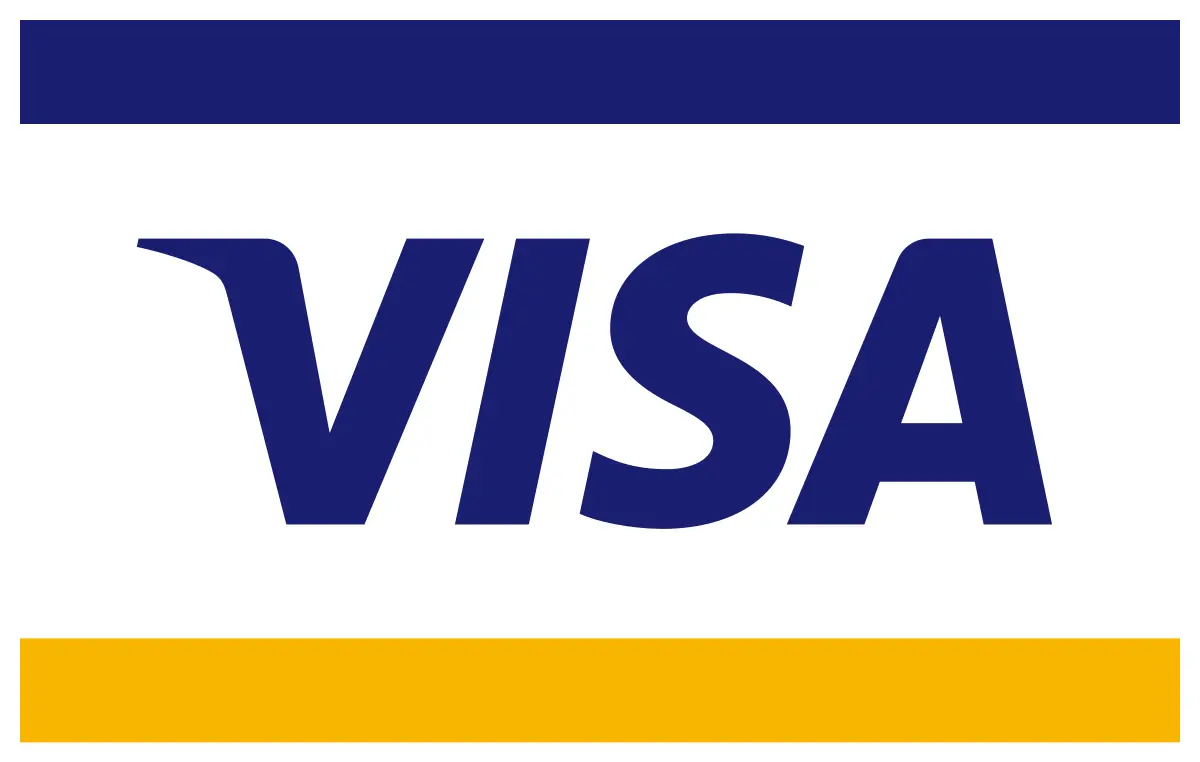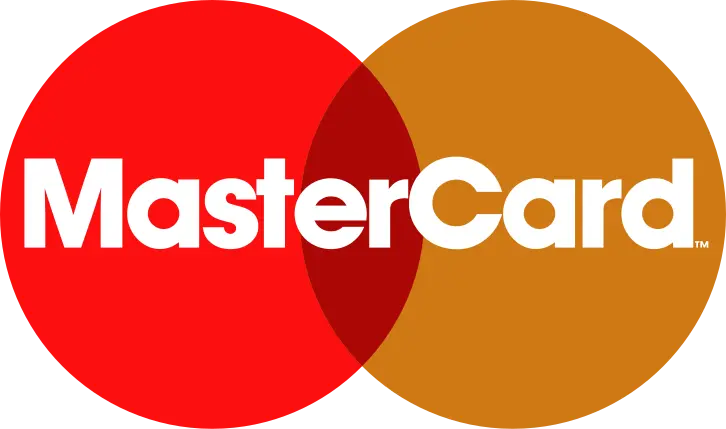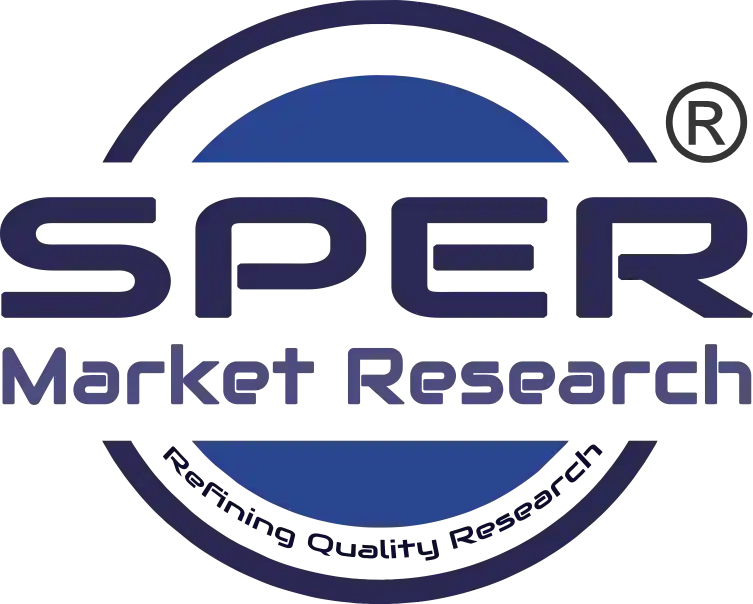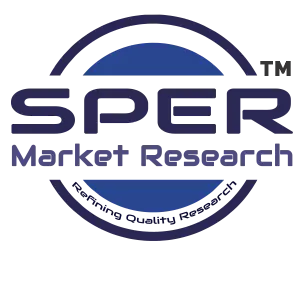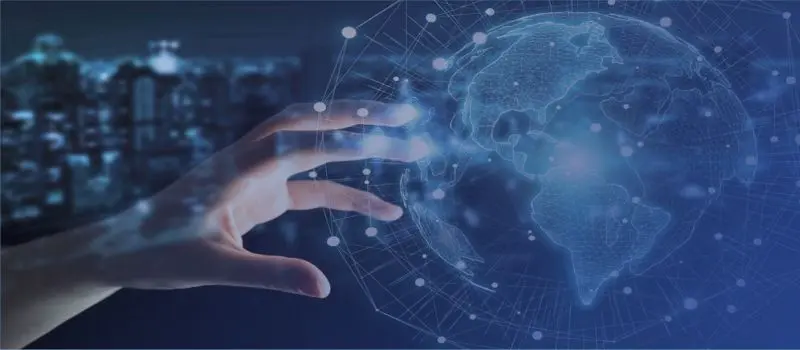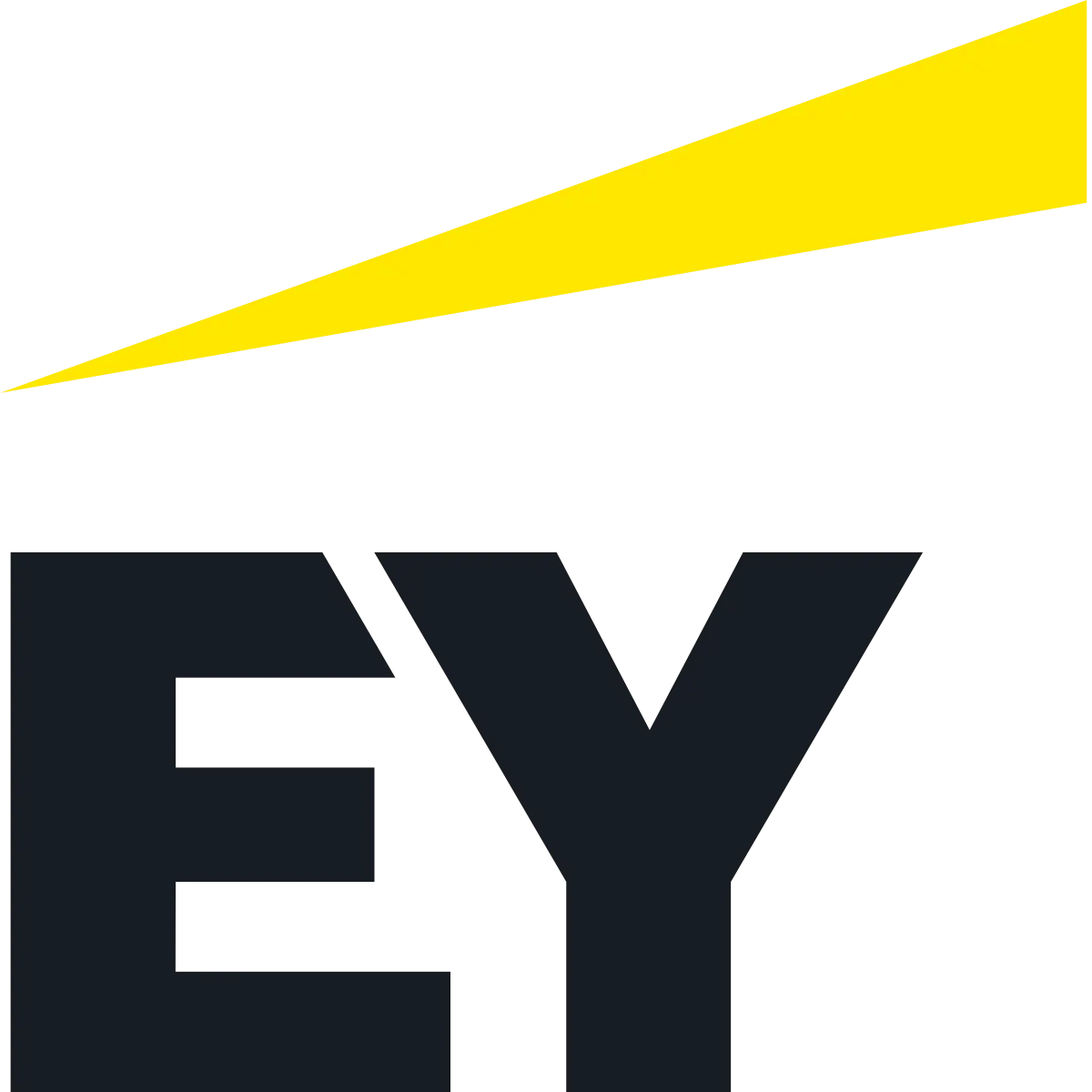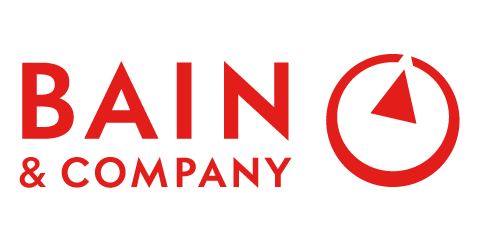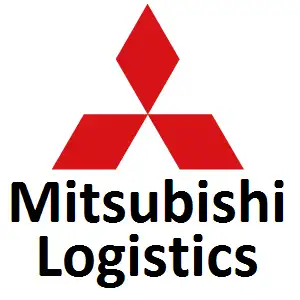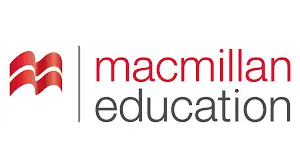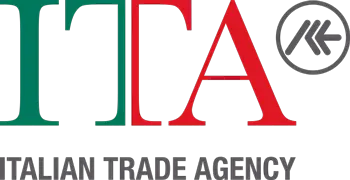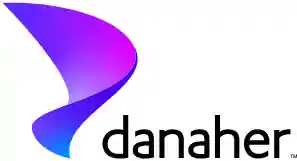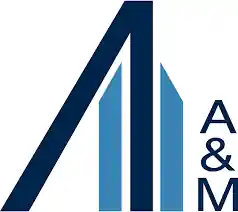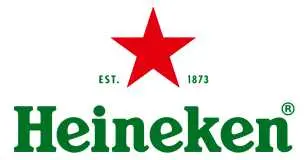Neuroprotection Market Introduction and Overview
According to SPER Market Research, the Global Neuroprotection Market is estimated to reach USD 147.21 billion by 2034 with a CAGR of 7.61%.
The report includes an in-depth analysis of the Global Neuroprotection Market, including market size and trends, Interface mix, Applications, and supplier analysis. The size of the global neuroprotection market was USD XX billion in 2024, and it is expected to grow at a compound annual growth rate (CAGR) of XX% to reach USD XX billion by 2032. The market for neuroprotection is expanding significantly because to an aging population and a rise in neurological illnesses. The need for efficient neuroprotective treatments has increased as a result of the growing incidence of diseases including multiple sclerosis, Parkinson's, and Alzheimer's. Research and technological developments are also making it easier to create novel medicines, improving patient outcomes, and propelling market growth. As more people look for preventive care for neurological diseases, awareness initiatives centred on mental and brain health are also helping the industry grow.
By Type Insights
In order to preserve neuronal function and prevent brain damage, many kinds of neuroprotective medications are crucial. Free anti-inflammatory medications lessen irritation in the brain and nervous system, which lessens the harm that neurodegenerative diseases and traumas due to neurons. Free radicals as well as oxidative stress, which lead to cell death and brain degeneration, are neutralized by radical trapping agents, also referred to as antioxidants. Programmed cell death, a major contributor to neurodegeneration in conditions like Alzheimer's disease and stroke, is prevented by apoptosis inhibitors.
By Application Insights
Neuroprotective treatments are useful for both treatment and prevention. Preventive approaches to reduce the risk of neurological diseases and cognitive decline include dietary supplements, change in lifestyle, and early intervention techniques that target modifiable risk factors like obesity, diabetes, and hypertension. The goals of treatment for patients with pre-existing neurological conditions are to improve quality of life, slow the course of the disease, and manage symptoms. These therapies include medication, physical therapy, and surgery that is tailored to the needs and characteristics of each patient's condition.
By Mode of Administration Insights
There are several ways to give neuroprotective medications, including intravenous and oral. Particularly for chronic conditions that need ongoing care, oral administration offers patient compliance and ease. Intravenous administration is the best option for severe cases that need immediate attention and acute neurological emergencies since it allows for precise dosage and rapid drug delivery. Additional delivery modalities that circumvent systemic barriers like the blood-brain barrier and offer alternatives for targeted medication delivery include intrathecal, intranasal, via transdermal, or implantable delivery devices.
By End-Users Insights
End-use-wise, neuroprotective treatments serve a variety of patient demographics and clinical contexts. In outpatient settings, oral formulations are frequently utilized for preventative care and the management of chronic diseases. In hospital settings, intravenous administration is common, especially for severe neurological diseases that need close observation and critical care. Specialty clinics, rehabilitation facilities, and research institutes are possible additional end-uses, where neuroprotective therapies are used or assessed in a range of clinical and experimental contexts.
By Regional Insights
The market is dominated by developed regions such as North America and Europe because of their established healthcare systems, higher healthcare spending, and easier access to contemporary neuroprotective medications. Strong R&D activities in these areas also contribute to the launch of innovative technologies and therapies. Due to significant investments in studies on neuroscience, favorable reimbursement laws, and a sizable patient population afflicted by neurological disorders, the United States holds the largest market share in North America.
Market Competitive Landscape
The Neuroprotection market is experiencing growth due to several factors. in order to address gaps in medicine in neurological illnesses, these firms make significant investments in research and development to provide innovative neuroprotective medications, treatments, and medical devices. Furthermore, market participants frequently use strategic alliances, mergers, and acquisitions as a means of broadening their product lines, improving their R&D capacities, and fortifying their market positions. Some of the prominent players in Global Neuroprotection Market are Allergan, AstraZeneca, Astrocyte Pharmaceuticals, Biogen, Daiichi Sankyo Company, Dr. Reddy's Laboratories, Eli Lilly and Company, F. Hoffmann-La Roche, Novartis, Teva Pharmaceutical Industries.
Recent Developments:
In November 2023, the US Food and Drug Administration (FDA) met with BrainStorm Cell Therapeutics to discuss NurOwn, a device with the potential to alleviate symptoms of ALS.
In June 2023, Argenica Therapeutics Pty. Ltd. raised around AU$ 4.0 Mn (US$ 2.7 Mn) to advance a neuroprotective agent clinical trial that assists in reducing brain tissue death after stroke.
Scope of the report:
| Report Metric | Details |
| Market size available for years | 2021-2034 |
| Base year considered | 2024 |
| Forecast period | 2025-2034 |
| Segments covered | By Type, By Application, By Mode of Administration, By End-Users |
| Regions covered | North America, Latin America, Asia-Pacific, Europe, and Middle East & Africa |
| Companies Covered | Allergan, AstraZeneca, Astrocyte Pharmaceuticals, Biogen, Daiichi Sankyo Company, Dr. Reddy's Laboratories, Eli Lilly and Company, F. Hoffmann-La Roche, Novartis, Teva Pharmaceutical Industries.
|
Key Topics Covered in the Report
- Global Neuroprotection Market Size (FY’2021-FY’2034)
- Overview of Global Neuroprotection Market
- Segmentation of Global Neuroprotection Market by Type (Free Anti-Inflammatory Agents, Radical Trapping Agents (Antioxidants), Apoptosis Inhibitors, Glutamate Antagonists (Anti-Excitotoxic Agents), Neurotrophic Factors (NTFs), Stimulants, Metal Ion Chelators, Other)
- Segmentation of Global Neuroprotection Market by Application (Prevention, Treatment)
- Segmentation of Global Neuroprotection Market by Mode of Administration (Oral, Intravenous, Others)
- Segmentation of Global Neuroprotection Market by End-Users (Hospitals, Clinics, Home Care Settings, Research Institutes)
- Statistical Snap of Global Neuroprotection Market
- Expansion Analysis of Global Neuroprotection Market
- Problems and Obstacles in Global Neuroprotection Market
- Competitive Landscape in the Global Neuroprotection Market
- Details on Current Investment in Global Neuroprotection Market
- Competitive Analysis of Global Neuroprotection Market
- Prominent Players in the Global Neuroprotection Market
- SWOT Analysis of Global Neuroprotection Market
- Global Neuroprotection Market Future Outlook and Projections (FY’2021-FY’2034)
- Recommendations from Analyst
1. Introduction
1.1. Scope of the report
1.2. Market segment analysis
2. Research Methodology
2.1. Research data source
2.1.1. Secondary Data
2.1.2. Primary Data
2.1.3. SPER’s internal database
2.1.4. Premium insight from KOL’s
2.2. Market size estimation
2.2.1. Top-down and Bottom-up approach
2.3. Data triangulation
3. Executive Summary
4. Market Dynamics
4.1. Driver, Restraint, Opportunity and Challenges analysis
4.1.1. Drivers
4.1.2. Restraints
4.1.3. Opportunities
4.1.4. Challenges
5. Market variable and outlook
5.1. SWOT Analysis
5.1.1. Strengths
5.1.2. Weaknesses
5.1.3. Opportunities
5.1.4. Threats
5.2. PESTEL Analysis
5.2.1. Political Landscape
5.2.2. Economic Landscape
5.2.3. Social Landscape
5.2.4. Technological Landscape
5.2.5. Environmental Landscape
5.2.6. Legal Landscape
5.3. PORTER’s Five Forces
5.3.1. Bargaining power of suppliers
5.3.2. Bargaining power of buyers
5.3.3. Threat of Substitute
5.3.4. Threat of new entrant
5.3.5. Competitive rivalry
5.4. Heat Map Analysis
6. Competitive Landscape
6.1. Global Neuroprotection Market Manufacturing Base Distribution, Sales Area, Interface Type
6.2. Mergers & Acquisitions, Partnerships, Interface Launch, and Collaboration in Global Neuroprotection Market
7. Global Neuroprotection Market, By Type 2021-2034 (USD Million)
7.1. Free Anti-Inflammatory Agents
7.2. Radical Trapping Agents (Antioxidants)
7.3. Apoptosis Inhibitors
7.4. Glutamate Antagonists (Anti-Excitotoxic Agents)
7.5. Neurotrophic Factors (NTFs)
7.6. Stimulants
7.7. Metal Ion Chelators
7.8. Other
8. Global Neuroprotection Market, By Application 2021-2034 (USD Million)
8.1. Prevention
8.2. Treatment
9. Global Neuroprotection Market, By Mode of Administration 2021-2034(USD Million)
9.1. Oral
9.2. Intravenous
9.3. Others
10. Global Neuroprotection Market, By End-Users 2021-2034 (USD Million)
10.1. Hospitals
10.2. Clinics
10.3. Home Care Settings
10.4. Research Institutes
11. Global Neuroprotection Market, 2021-2034 (USD Million)
11.1. Global Neuroprotection Market Size and Market Share
12. Global Neuroprotection Market, By Region, 2021-2034 (USD Million)
12.1. Asia-Pacific
12.1.1. Australia
12.1.2. China
12.1.3. India
12.1.4. Japan
12.1.5. South Korea
12.1.6. Rest of Asia-Pacific
12.2. Europe
12.2.1. France
12.2.2. Germany
12.2.3. Italy
12.2.4. Spain
12.2.5. United Kingdom
12.2.6. Rest of Europe
12.3. Middle East and Africa
12.3.1. Kingdom of Saudi Arabia
12.3.2. United Arab Emirates
12.3.3. Qatar
12.3.4. South Africa
12.3.5. Egypt
12.3.6. Morocco
12.3.7. Nigeria
12.3.8. Rest of Middle-East and Africa
12.4. North America
12.4.1. Canada
12.4.2. Mexico
12.4.3. United States
12.5. Latin America
12.5.1. Argentina
12.5.2. Brazil
12.5.3. Rest of Latin America
13. Company Profile
13.1. Allergan
13.1.1. Company details
13.1.2. Financial outlook
13.1.3. Interface summary
13.1.4. Recent developments
13.2. AstraZeneca
13.2.1. Company details
13.2.2. Financial outlook
13.2.3. Interface summary
13.2.4. Recent developments
13.3. Astrocyte Pharmaceuticals
13.3.1. Company details
13.3.2. Financial outlook
13.3.3. Interface summary
13.3.4. Recent developments
13.4. Biogen
13.4.1. Company details
13.4.2. Financial outlook
13.4.3. Interface summary
13.4.4. Recent developments
13.5. Daiichi Sankyo Company
13.5.1. Company details
13.5.2. Financial outlook
13.5.3. Interface summary
13.5.4. Recent developments
13.6. Dr. Reddy's Laboratories
13.6.1. Company details
13.6.2. Financial outlook
13.6.3. Interface summary
13.6.4. Recent developments
13.7. Eli Lilly and Company
13.7.1. Company details
13.7.2. Financial outlook
13.7.3. Interface summary
13.7.4. Recent developments
13.8. F. Hoffmann-La Roche
13.8.1. Company details
13.8.2. Financial outlook
13.8.3. Interface summary
13.8.4. Recent developments
13.9. Novartis
13.9.1. Company details
13.9.2. Financial outlook
13.9.3. Interface summary
13.9.4. Recent developments
13.10. Teva Pharmaceutical Industries
13.10.1. Company details
13.10.2. Financial outlook
13.10.3. Interface summary
13.10.4. Recent developments
14. Conclusion
15. List of Abbreviations
16. Reference Links
